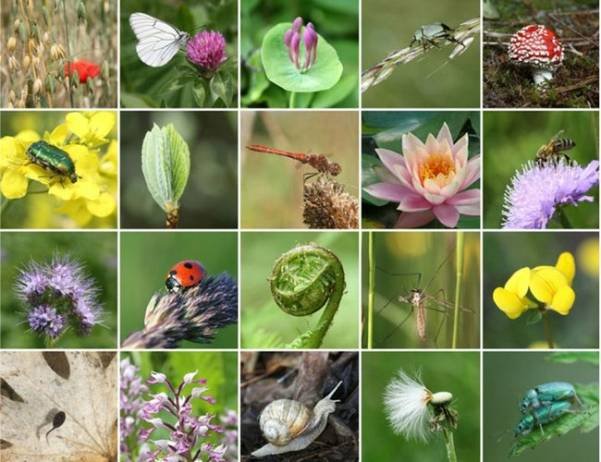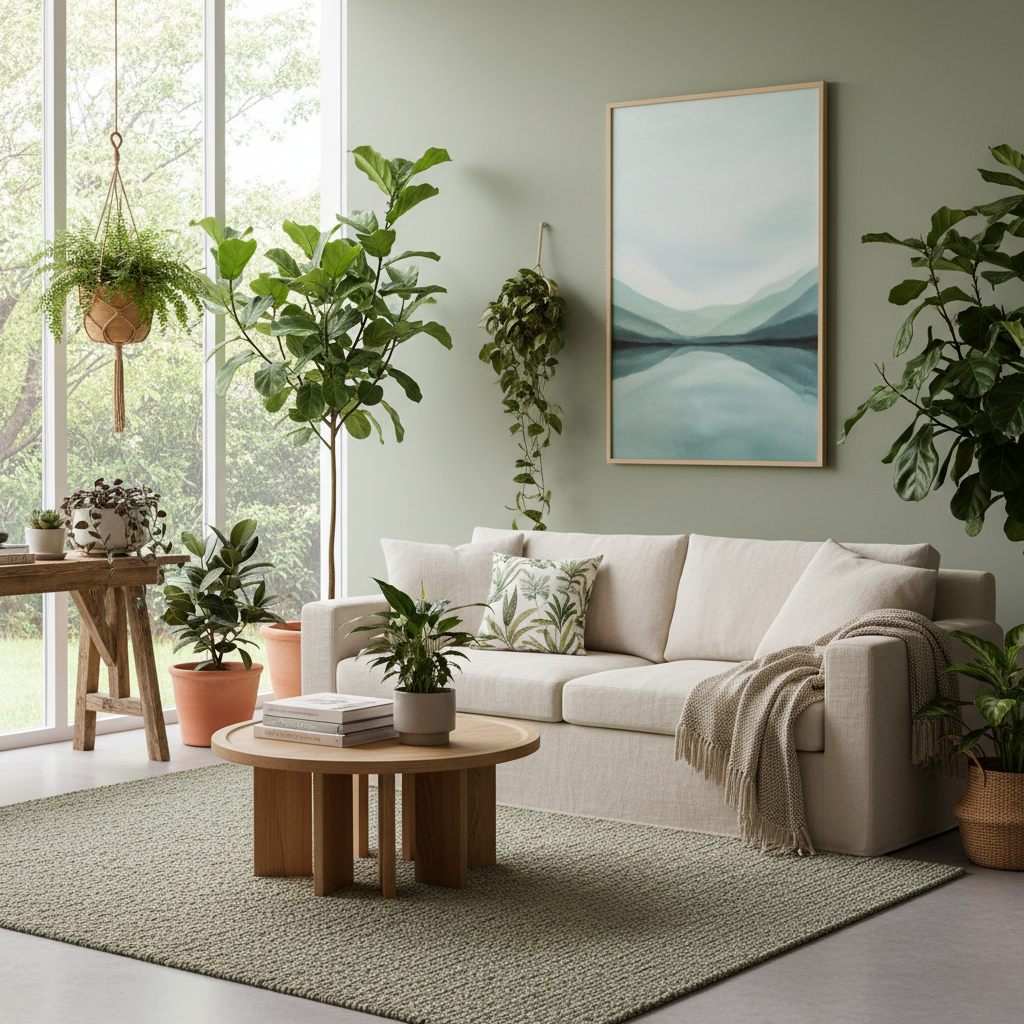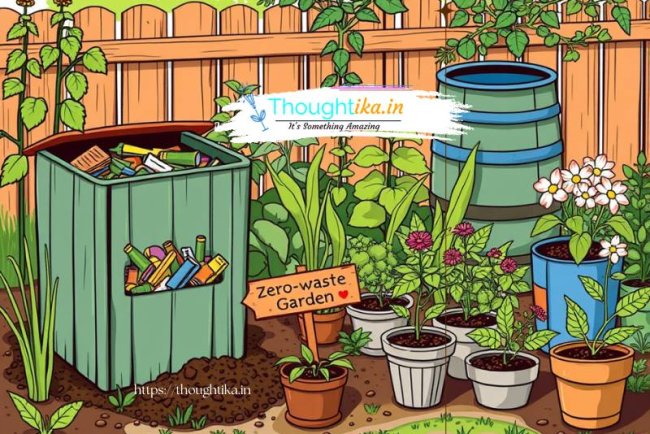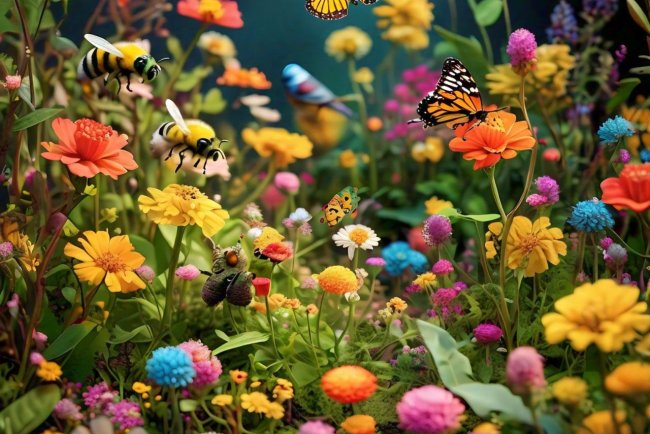Native Plants: Enhancing Biodiversity in Your Garden
Learn how to enhance biodiversity in your garden with native plants! Discover the benefits of gardening with native species, from supporting local wildlife to creating a sustainable landscape. Start planting native plants and fostering biodiversity in your garden today!

Native plants are essential components of a biodiverse garden, supporting local ecosystems and wildlife while requiring less maintenance than exotic species. By incorporating native plants into your garden, you can enhance biodiversity, attract beneficial insects and birds, and create a resilient landscape. Here’s everything you need to know about using native plants in your garden:
1. Understanding Native Plants
Native plants are species that naturally occur in a specific region and have evolved alongside local wildlife over centuries. They are adapted to local climate, soil conditions, and pests, making them well-suited for garden environments without the need for excessive watering or chemical inputs.
2. Benefits of Using Native Plants
- Supports Local Wildlife: Native plants provide food and habitat for native insects, birds, and other wildlife species.
- Water Efficiency: Once established, native plants require less water than non-native species, reducing irrigation needs.
- Low Maintenance: Adapted to local conditions, native plants typically require less fertilizer and pest control.
- Enhances Biodiversity: By planting a variety of native species, you can create a diverse ecosystem in your garden.
3. Selecting Native Plants for Your Garden
When choosing native plants, consider factors such as:
- Sunlight and Soil Conditions: Select plants that thrive in your garden's specific light and soil conditions.
- Drought Tolerance: Choose drought-tolerant species for areas prone to dry spells.
- Wildlife Benefits: Opt for plants that attract pollinators like bees and butterflies or provide food for birds.
4. Creating a Native Plant Garden
Follow these steps to create a thriving native plant garden:
- Research Local Species: Identify native plants native to your region using resources from local botanical gardens or conservation organizations.
- Plan for Diversity: Select a variety of plants with different bloom times and heights to support a range of wildlife.
- Prepare Soil and Plant Carefully: Amend soil as needed and plant native species according to their specific requirements for spacing and depth.
5. Maintaining Your Native Plant Garden
Once established, maintain your native plant garden with these tips:
- Water Wisely: Water deeply during establishment periods, then rely on natural rainfall whenever possible.
- Mulch and Weed Control: Apply organic mulch to retain moisture and suppress weeds that compete with native plants.
- Monitor for Pests: Native plants are often more resistant to local pests but inspect regularly for signs of disease or infestation.
6. Supporting Biodiversity Beyond Your Garden
Extend the benefits of native plants beyond your garden by:
- Participating in Conservation: Support local conservation efforts and habitat restoration projects.
- Educating Others: Share your knowledge and enthusiasm for native plants with friends, neighbors, and community groups.
- Creating Wildlife Habitats: Incorporate features like bird feeders, nesting boxes, or water sources to attract and support wildlife.
Conclusion
Native plants play a crucial role in enhancing biodiversity and creating sustainable gardens. By choosing native species adapted to your region, you can conserve water, reduce maintenance, and support local wildlife populations. Start incorporating native plants into your garden today and enjoy the beauty and benefits of a biodiverse landscape!
What's Your Reaction?
















